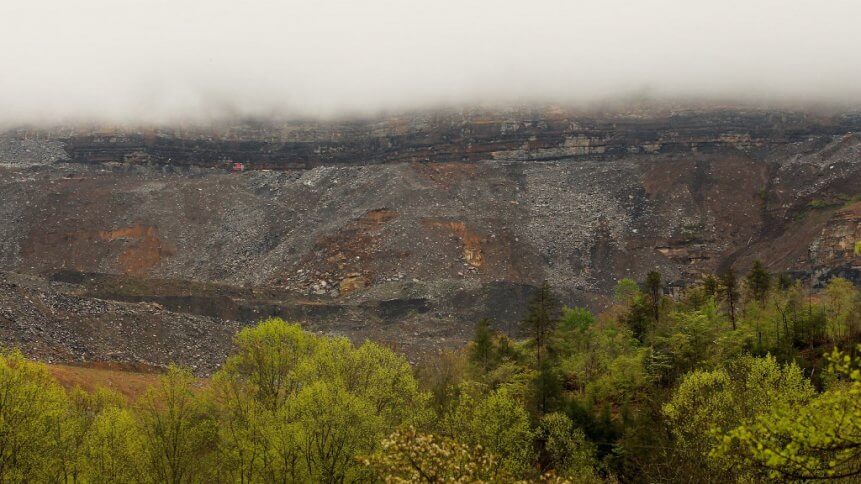Why cloud tech is pushing towards a carbon-negative economy

Cloud computing tech has been instrumental in our response to the pandemic. It’s provided us with the flexibility to adopt widescale remote working with the support of collaboration tools, HR solutions, and CRM systems – all things modern businesses now require – while also providing for the development and rollout of new technologies and services across a wide range of business sectors. The significance of cloud across the last 12 months cannot be understated: without it, our world would have slowed down significantly.
Even before Coronavirus, cloud computing was a deeply ingrained aspect of our everyday lives. How we work, communicate, shop, watch television, play video games relies heavily on the cloud – it’s now a part of our DNA. The rise of cloud use in the last five to ten years has been exponential.
Cloud is greener than what came before
Cloud has obvious environmental benefits too. It reduces CAPEX cost and wastage, with organizations no longer having to purchase expensive on-premises hardware upfront, that needs to be upgraded regularly to allow for expansion and changing workloads. They can instead move to virtualized services that offer reusability, flexibility, and scalability – enabling them to spin up new environments and workloads rapidly. Looking a little deeper, the lessened reliance on on-premises infrastructure leads to fewer hardware repairs – meaning fewer components ending up in landfills and reduced fuel consumption with fewer maintenance technicians on the road.
Of course, just because cloud may be inherently greener than what came before, it doesn’t mean it’s not having some impact on the environment. Cloud services still require physical infrastructure which takes data center space (lots of space), all of which needs to be powered and cooled to keep it operational. Cloud usage still needs to be managed, and we cannot let usage grow unchecked.
The consumption of fossil fuels over the last five decades and the growing dependency on cloud without thought for how to use it sustainably will only add to these environmental issues. It must be noted that sustainable cloud use alone will not counteract the damage done (it’s just one of many things that must be addressed), but having a better understanding of how cloud can be deployed in ways that will actually benefit the environment can only be a positive thing for us all.
All cloud is equal, but some are more equal than others
It’s widely understood that cloud delivers greater flexibility and greener computing power than legacy systems, but that doesn’t mean that all cloud is equal when it comes to accurately reporting its impact on the environment. How green it actually is can vary hugely, and there needs to be more scrutiny of cloud providers around their green credentials and the introduction of standardized reporting. Sadly, corporate greenwashing has become an issue, with some providers declaring their sustainability intentions which are yet to be delivered as actions, or will not be validated by external examiners.
Clearly, it’s not only about third-party providers. Responsible businesses must look at their own activities and take responsibility for their own carbon impact, and explore how to engage in initiatives that reduce their own carbon footprint. It will require a collective effort to slow the environmental effects which are now being commonly reported. For example, it is for cloud customers to question whether their cloud deployments need to be operational on a 24×7 basis: switching workloads off when not required not only reduces the carbon associated with power consumption, but also reduces financial costs with cloud providers who offer PAYG billing. Just because cloud tech can be available all the time, that doesn’t mean it should be. Altering basic operational behaviors towards cloud is essential to manage usage as it scales.
Government stance
Pressure for better cloud practice is already being identified and applied by governments, and there are further moves planned to encourage businesses to think differently about their cloud deployments. Governments are developing comprehensive policies to encourage organizations to properly evaluate and select cloud-powered technologies, with the aim of creating infrastructures that can operate sustainably. For example, the UK Government has outlined its Cloud First directive for procurement, as well as revealing its Greening Government strategy where these intentions are clearly communicated.
Similarly, the Department for Environmental, Food and Rural Affairs (DEFRA) paper Helping businesses create a greener, more sustainable future through ICT acknowledges that cloud services should be thought of as a utility and configured to only be available when needed. Government guidance is essential to promoting better cloud use, which in turn supports its wider objective of making the nation net-zero by 2050.
Cloud computing has had a notable impact on our everyday lives, and its influence looks set to increase further. Organizations have a duty to understand how that reliance can have a further negative impact on the planet if not conducted sustainably.
A critical evaluation of cloud tech and the environment is called for, which arguably is equally (if not more so) important alongside decisions relating to flexibility, scalability, security, and cost. In many aspects of modern society, we need green considerations to have a higher profile during decision-making, and cloud tech is no different. If all organizations were to make such commitments around cloud, it would make a significant contribution to the UK Government’s 2050 net-zero goal, which in turn will allow us all to turn our focus onto other initiatives which are urgently needed to address the climate emergency.
This article was contributed by John Godwin, Director of Compliance & Information Assurance, UKCloud









